Escape from occupation: how do volunteers help people to leave temporarily occupied territories in the south?
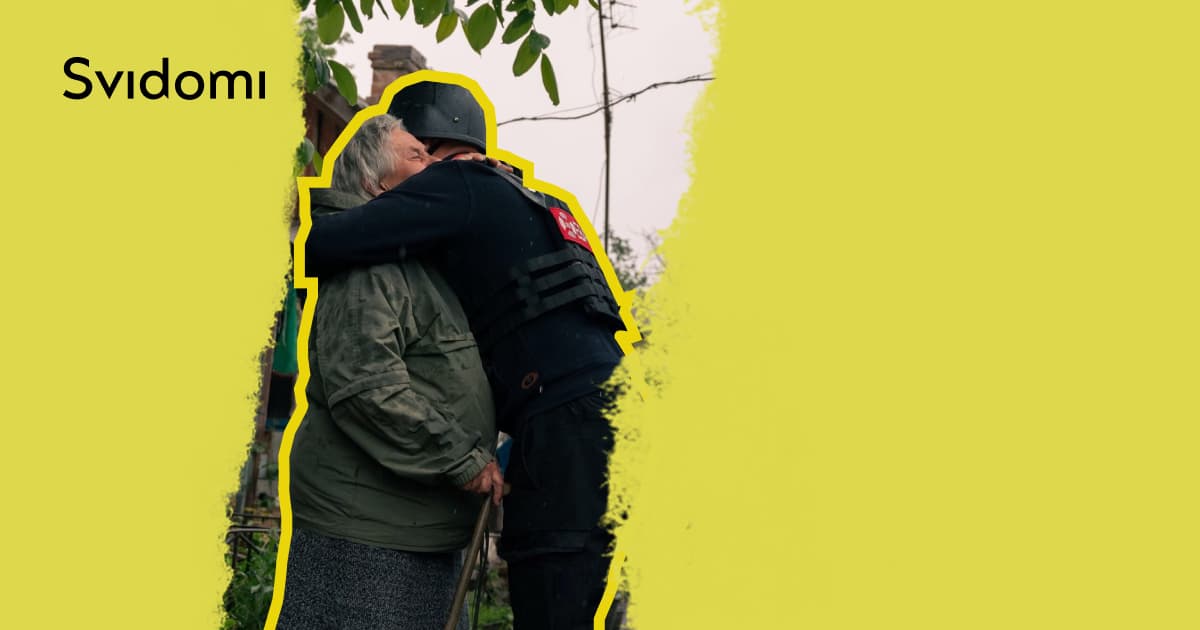
In 2014, following the Revolution of Dignity, Russia occupied Crimea (Qırım). Pro-Ukrainian residents who remained in Crimea faced repression and political persecution. After the full-scale invasion, a new wave of Ukrainians left the peninsula. It is not known how many people fled in ten years.
After February 24, the Kherson and part of the Zaporizhzhia regions also came under Russian occupation, and the Russians committed crimes against civilians. As a result, the local population had to flee to Ukrainian-controlled territory and abroad to save their lives.
Volunteers and NGO representatives help people to leave. Svidomi spoke to Crimea SOS and Humanity organisations representatives about how they are assisting civilians under occupation to leave.
"Evacuation as such did not happen"
Anastasiia Kalinina, a lawyer with the NGO Crimea SOS, says Ukraine did not organise an evacuation from the peninsula in 2014. Firstly, the Russians quickly set up checkpoints on the administrative border with the Kherson region. Secondly, the Crimeans did not want to leave because Crimea was their home. However, by the end of 2014, trains from the Ukrainian mainland were travelling to Crimea, which was then temporarily occupied.
Some residents of the peninsula began to leave when the first arrests and disappearances of people for their pro-Ukrainian stance started after the February 26, 2014, rally organised by the Crimean Tatar Mejlis and Euromaidan Crimea. At that time, journalists and activists realised that it was dangerous for them to stay in Crimea.
The lawyer notes that it is currently impossible to say how many people left Crimea at the beginning of the occupation. Figures vary between 70 and 200 thousand people. The reason is that before 2014, there was no census in Crimea for a long time, and it is unknown how many people lived there (the last census in Ukraine was in 2001 — ed.).
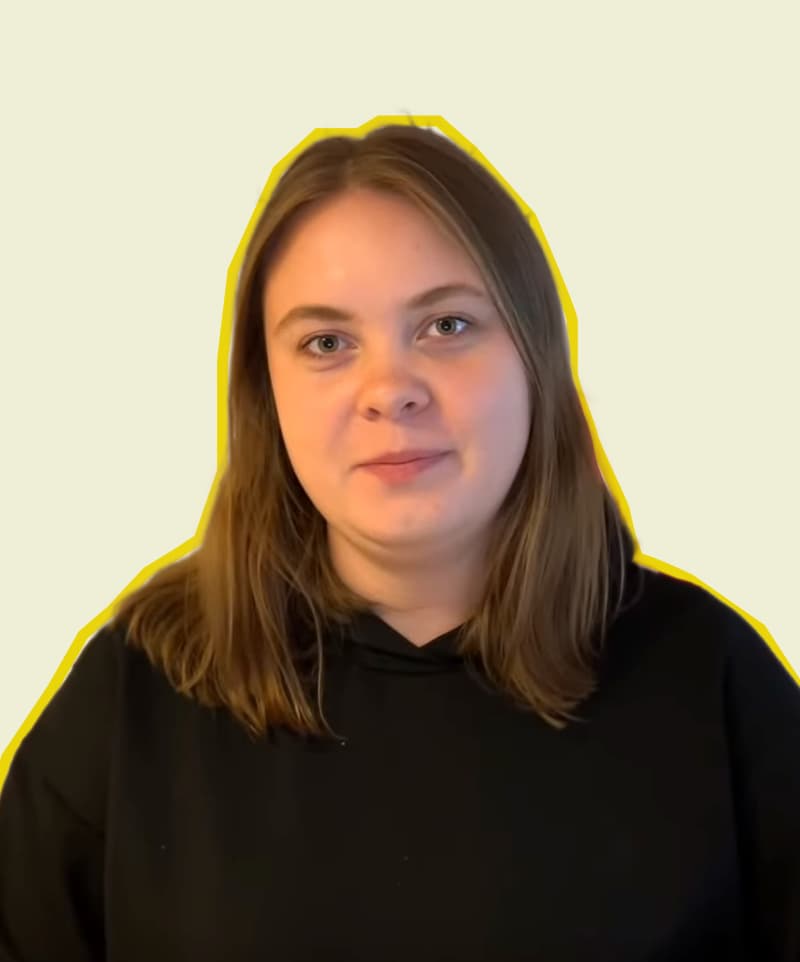
"Mostly Ukrainians left; Crimean Tatars stayed because Crimea is their home. They are attached to their homeland. Maybe it is because of the trauma of deportation. But over time, under Russian pressure, they too began to leave Crimea,"
says Anastasiia Kalinina.
After the deportation, Ukrainians and Crimean Tatars lived in the Kherson region because of its geographical proximity to Crimea and the Black Sea. However, some movements went to the west and centre of Ukraine. It was possible to leave Crimea through checkpoints in Chonhar, Chaplynka and Kalanchak. ASCs (Administrative Services Centres — ed.) were set up in these villages, where Crimeans could fill in documents. Representatives of various NGOs, including CrimeaSOS, worked there.
Life under occupation and persecution of activists
Before the full-scale invasion began, residents of the temporarily occupied Crimea were able to travel to mainland Ukraine subject to a number of security measures. People leaving or entering Crimea had to pass through Ukrainian and Russian checkpoints.
The Russians interrogated Ukrainians and Crimean Tatars, but the interrogations did not resemble the filtering that began after the full-scale invasion. Sometimes, Russian soldiers would tear up civilians' documents at a checkpoint.
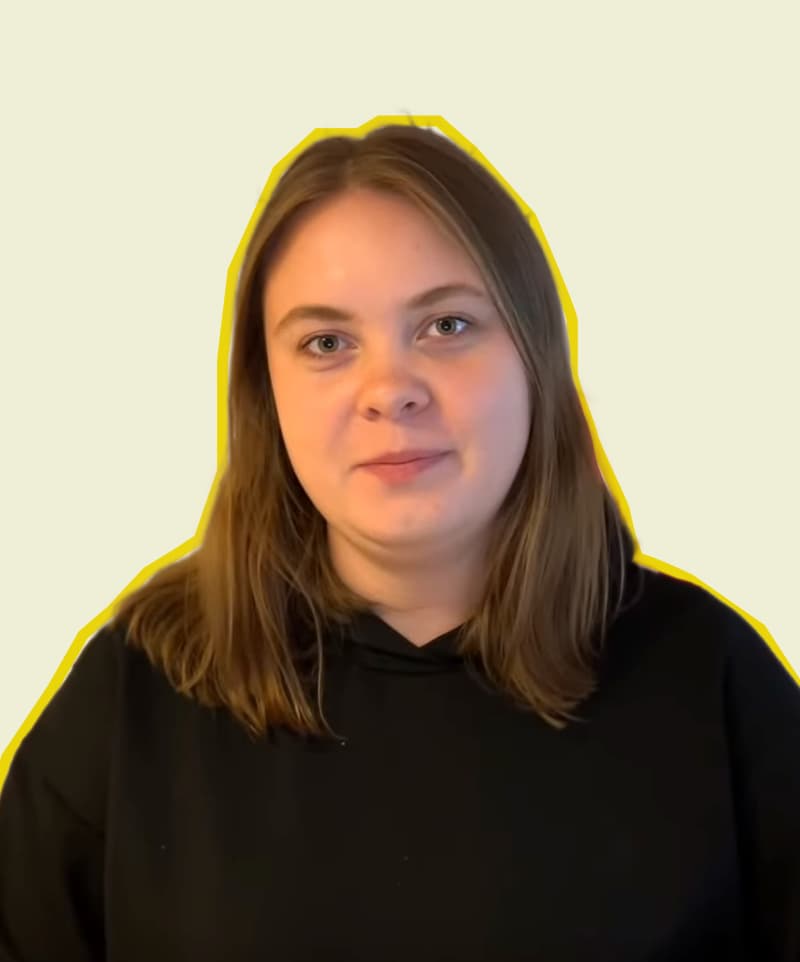
"It could be a one-way trip. A person could be arrested and then sent to a detention centre,"
says the lawyer.
A person could be detained on entry to Crimea or arrival at home. It all became politically motivated persecution. This is what happened to Nariman Dzhelal, deputy chairman of the Mejlis of the Crimean Tatar people, who was arrested in 2021 when he returned to Crimea after participating in the Crimean Platform.
Those who remained in Crimea faced restrictions on their movement and the imposition of forced passports violating international standards. Civil society activists were searched, detained and accused of alleged terrorism and extremism.
Reshat Ametov was one of the first civilians killed by the Russians in Crimea. His tortured body was found on March 15, 2014. The man was on a picket outside the Council of Ministers of the Autonomous Republic of Crimea building in Simferopol (Aqmescit). Members of the illegally armed group 'Crimean Self-Defence', led by a Russian military officer, are accused of his abduction and murder (Ukrainian prosecutors have not named the Russian army officer involved — ed).
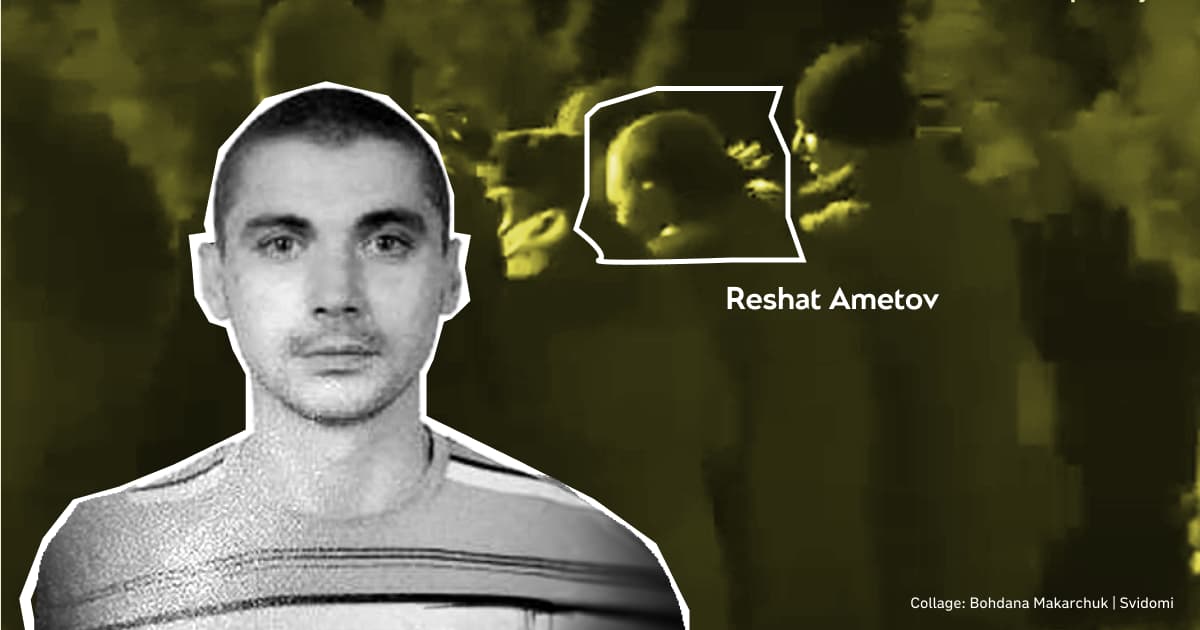
During the coronavirus pandemic, the administrative border was closed to entry and exit for some time. At that time, the number of applicants from Crimea to Ukrainian universities decreased because they had to cross the administrative line more than once.
How can Crimeans leave after 2022?
Since the beginning of the full-scale invasion, leaving Crimea has become much more complicated — residents have to travel through Russia and Belarus to European countries and from there to Ukraine or from Russia to Georgia.
"Such a journey costs a lot of money. Many of those who leave do not have valid [Ukrainian] passports, so they turn to human rights and civil society organisations to find out where they can go with the package of documents they have," says Anastasiia Kalinina.
One of the largest waves of people leaving Crimea was after the introduction of conscription in the Russian Federation (in September 2022 — ed.). At that time, mainly men left because they did not want to be drafted into the Russian army. There were several more waves after the first attacks on Russian military targets in Crimea. The Russians often place these facilities close to populated areas.
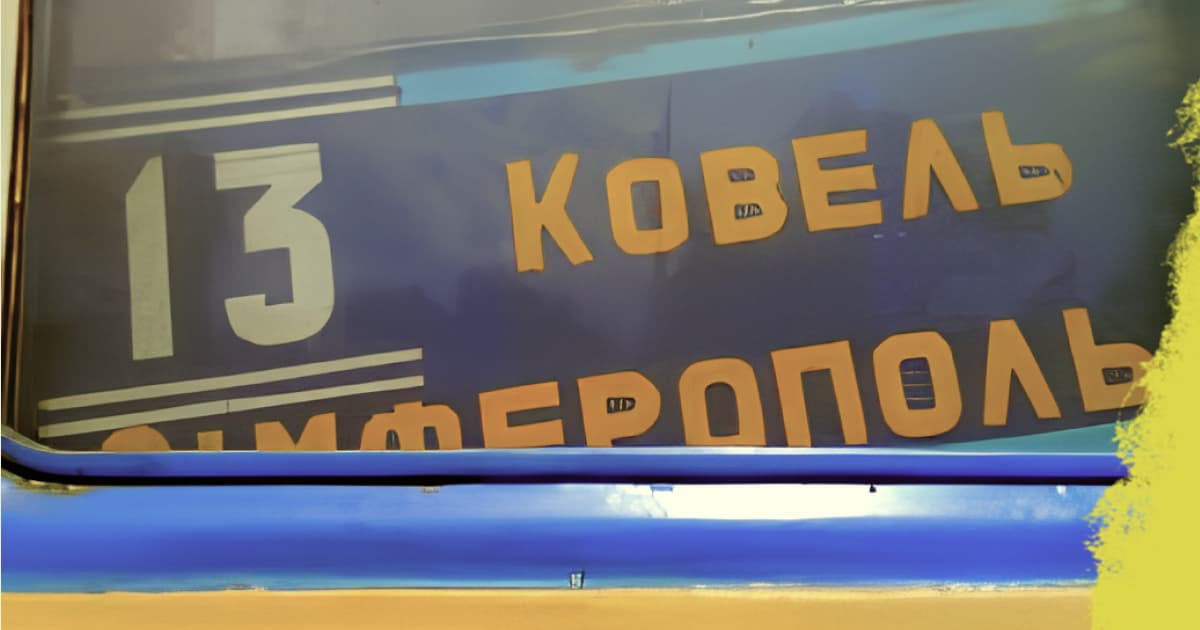
Fewer and fewer Crimeans now dare to leave the peninsula: they are afraid to go to Ukraine because of the rocket attacks, and they cannot go to European countries because they do not have Ukrainian documents. Crimea SOS lawyers are providing legal advice to help residents obtain documents.
"You can enter Ukraine from Crimea through Russia. There is a checkpoint called Kolotylivka-Pokrovka, but it is necessary to consult because the situation on the border is changing. You can come to make passports. This applies to people over 18 who do not have internal Ukrainian passports. There is also the Mokrany-Domianove checkpoint on the border with Belarus, where you can enter Ukraine with a Ukrainian birth certificate," says Anastasiia Kalinina.
"You can enter Ukraine from Crimea through Russia. There is a checkpoint called Kolotilovka-Pokrovka, but it is necessary to consult because the situation on the border is changing. You can come to make passports. This applies to people over 18 who do not have internal Ukrainian passports. There is also the Mokrany-Domianove checkpoint on the border with Belarus, where you can enter Ukraine with a Ukrainian birth certificate," says Anastasiia Kalinina.
Some countries (Türkiye, Romania, Bulgaria — ed.) have a particular procedure for Ukrainians to enter. You can enter the country with an identity card for return to Ukraine, a special document that allows transit through countries. Upon arrival, people can apply to Ukrainian consulates and draw up documents. Anastasiia Kalinina urges Ukrainians who want to leave the temporarily occupied Crimea to contact lawyers and clarify the details of the package of necessary documents to make their return "painless". In particular, they can contact the Crimea SOS organisation by phone: +380952775355, +380962240123 and +380630771619
How does the process of leaving the temporarily occupied Kherson region work?
Stefan Vorontsov, a volunteer from Nova Kakhovka, was in his hometown at the beginning of the full-scale invasion (he studies in Wrocław — ed.). A few days after the start of the full-scale invasion, he and his team of friends started receiving requests for help from the town's residents. Through his page on the social network X (formerly Twitter — ed.), he began to raise money to meet the needs of the locals.
Forty days after the occupation of Nova Kakhovka, Stefan Vorontsov left the town via Crimea and began organising the departure of residents of the Kherson region from the occupation. Together with his friends, he founded the charitable volunteer organisation Humanity.
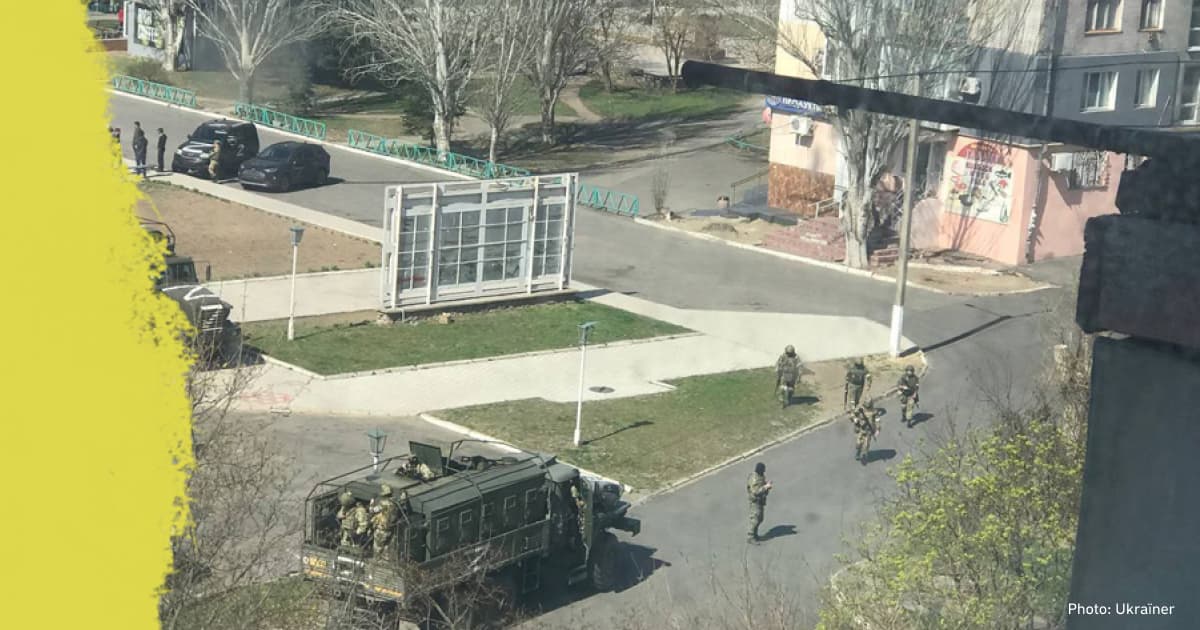
"We met Andrii (we are not using his surname for security reasons — ed.), a volunteer who took people out of the occupation for free: he collected money for fuel and took people out, mostly from Kherson. It was possible before Vasylivka was closed (in December 2022, Russian troops closed the entry and exit to the temporarily occupied territory of the Zaporizhzhia region through the Vasylivka checkpoint in the Zaporizhzhia region — ed.).We cooperated with him," he says.
In the summer of 2022, the volunteers received 35,000 requests to leave the occupied territory, submitted via a Google form. After some time, the volunteers established a process for organising free departures.
"We don't call it evacuation. Evacuation is a controlled, safe process with a plan [and is controlled by the state]. We organise a person's departure, experienced coordinators provide online support and develop a legend for a particular person," says Stefan Vorontsov.
He explains that a good legend is 90% of a successful departure. When people leave, they go through Russian checkpoints, where they are filtered. Russians check their phones and documents and interrogate them. If a person is supposedly 'no threat' to the Russians, they are allowed to pass.
"The longer the occupation lasts, the worse they start letting people through. I think they are trying to keep civilians as human shields," Vorontsov said.
Humanity's coordinators are trying to ensure that the Russians in the temporarily occupied territories do not find out which bus and which driver people are travelling in. The Russians have already arrested drivers found to be in contact with Ukrainians in government-controlled areas.
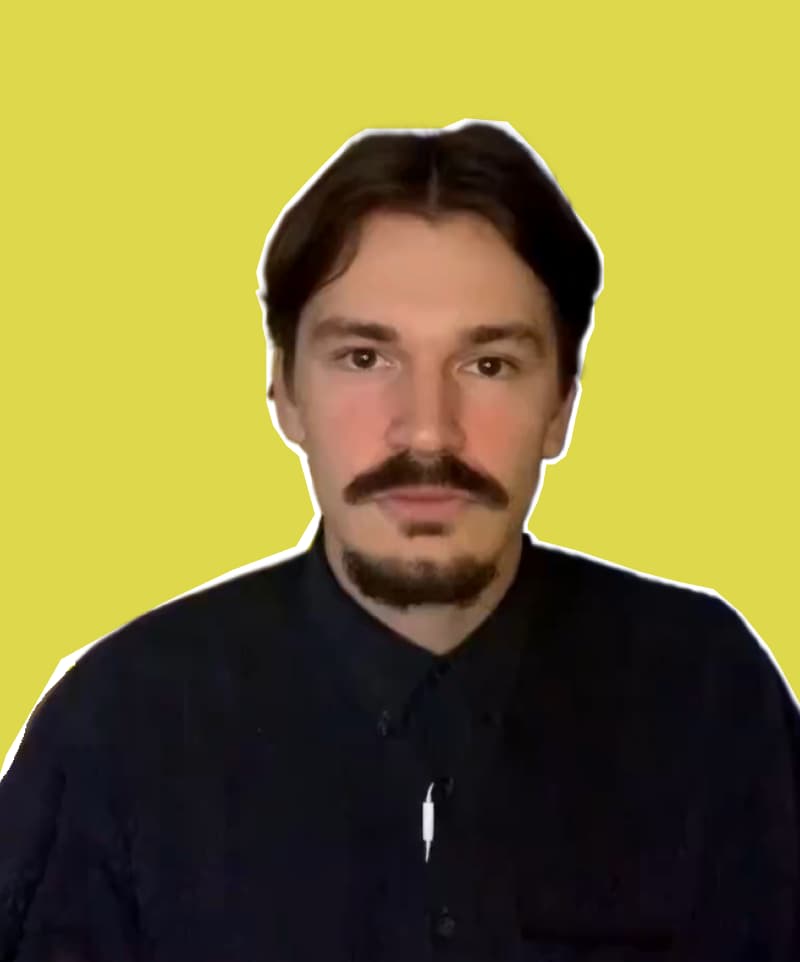
"There is no single formula for success in leaving the occupation. Each story of leaving is individual. That is why it is important that they tell the truth, what documents they have, whether they were in the basement (detained by the Russians — ed.),"
says Stefan Vorontsov.
Mostly, parents with children and elderly people leave the occupation.
Ukrainians often take their pets with them, and volunteers help with transporters so that animals are not left behind in the occupation zone.
Peak in the number of requests to leave after the Kakhovka HPP explosion
According to the volunteer, the number of requests for evacuation from the temporarily occupied Kherson region increases in waves.
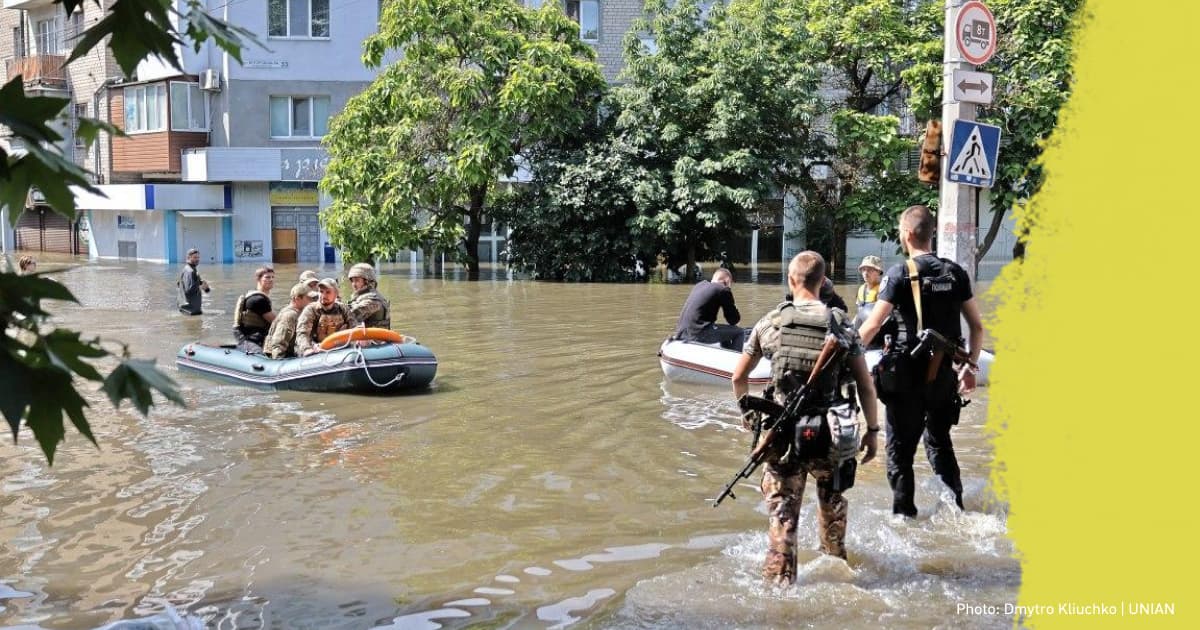
This depends on the situation at the front: for example, after Kherson was liberated, the number of requests decreased, as left-bank residents probably believed that this part of the region would soon be liberated.
After attacks on Russian military targets in Crimea or on the Crimean Bridge, the number of applications increases because if the bridge is blocked, the only way to leave the occupation will disappear. Other factors influencing the decision to leave include the lack of medical care and the withdrawal of so-called 'social benefits' by the occupation authorities.
However, the largest number of requests came after the Russians blew up the Kakhovka hydroelectric power station dam on June 6, 2023.
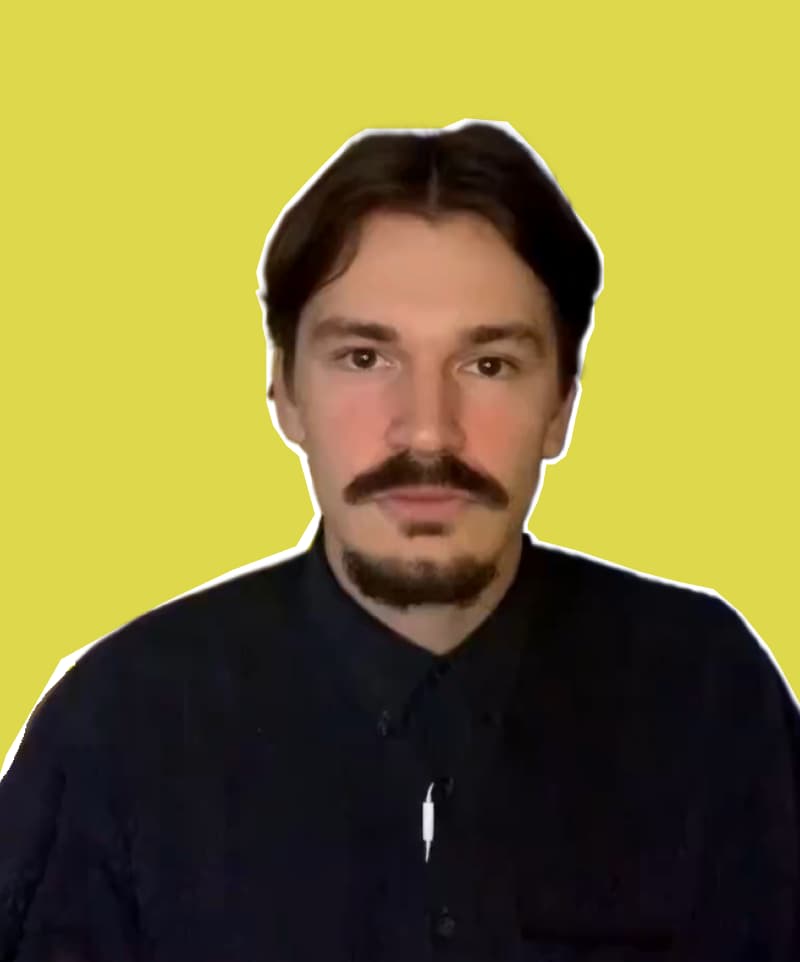
"In the first two weeks after the explosion, there were requests not even to leave but to get people off the roofs. In the Oleshky district, a team of pro-Ukrainian volunteers got together and drew up a map showing where people needed help. Volunteers who wanted to go to the flooded area and get people off the roofs were not allowed through. They argued that their [Russian] rescue services were working there,"
says Stefan Vorontsov.
After a while, the Russians started letting volunteers into the flooded areas. Then, the Humanity team, together with Crimea SOS, handed over boats to reach houses with people on the roofs. The strong currents complicated their work.
The occupation authorities sent people from the affected regions to so-called temporary accommodation centres in Skadovsk and Crimea, where they took away their passports and telephones. Volunteers from Crimea, however, were allowed in.
"We tried to contact these people and inform them about the possibility of leaving. Then, there was another wave of applications. At that time, the Russians allowed people to travel to Russia and then to Ukraine without documents," says the volunteer.
Failure of state institutions
Stefan Vorontsov believes that state institutions, especially the Ministry of Reintegration, are incapable of working with people in temporarily occupied territories. Voluntary organisations, including Save Ukraine, are helping to evacuate people. Svidomi asked the Ministry of Reintegration to comment on how the state facilitates the evacuation. At the time of publication, no response had been received.
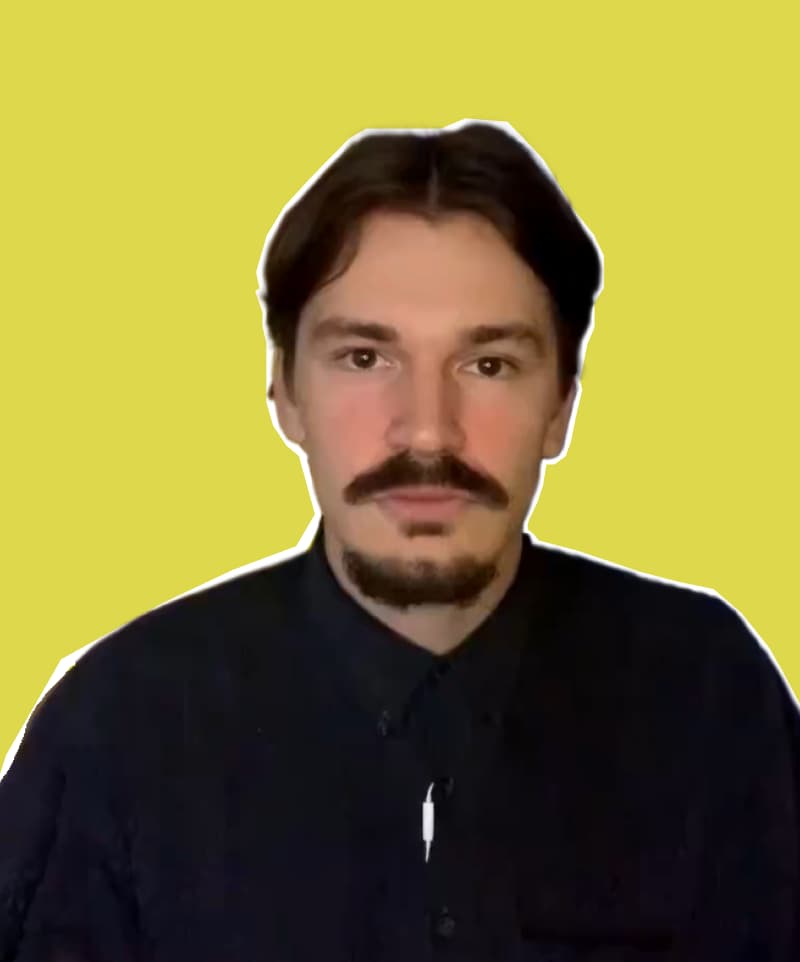
"So until February 24 (2022 — ed.), they [the people] were ours, and after that, they were no longer Ukrainians? The people in the occupied territories want to be heard and know where to go. They want to be talked about. We, the volunteers who work with them, give them that voice,"
he says.
Stefan Vorontsov believes that the media should provide information about the possibility of free travel.
"People in the occupied territories may not see this information, but their relatives in the non-occupied territories must see it and report it. This [dissemination of information] can help more people to leave," he stresses.


